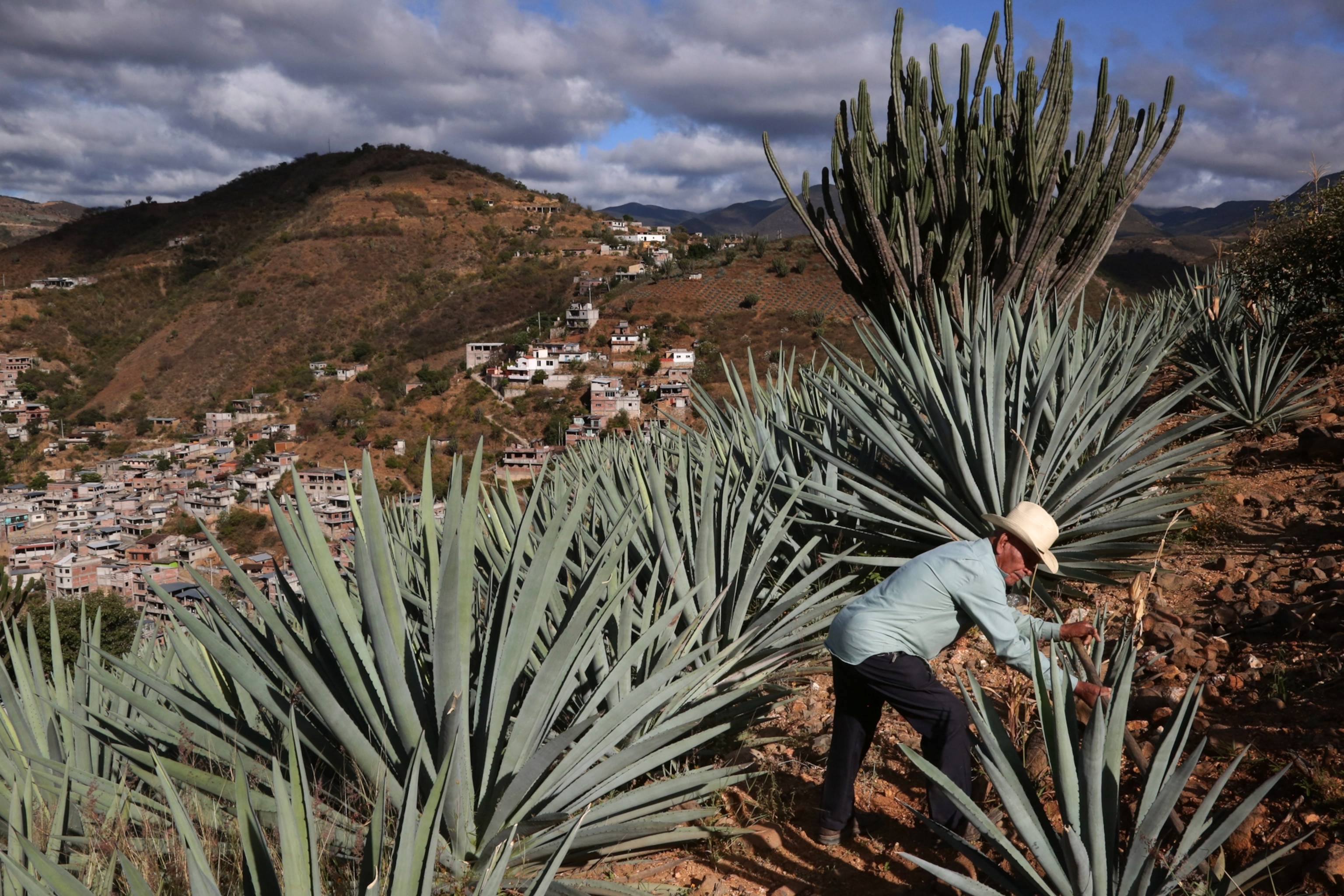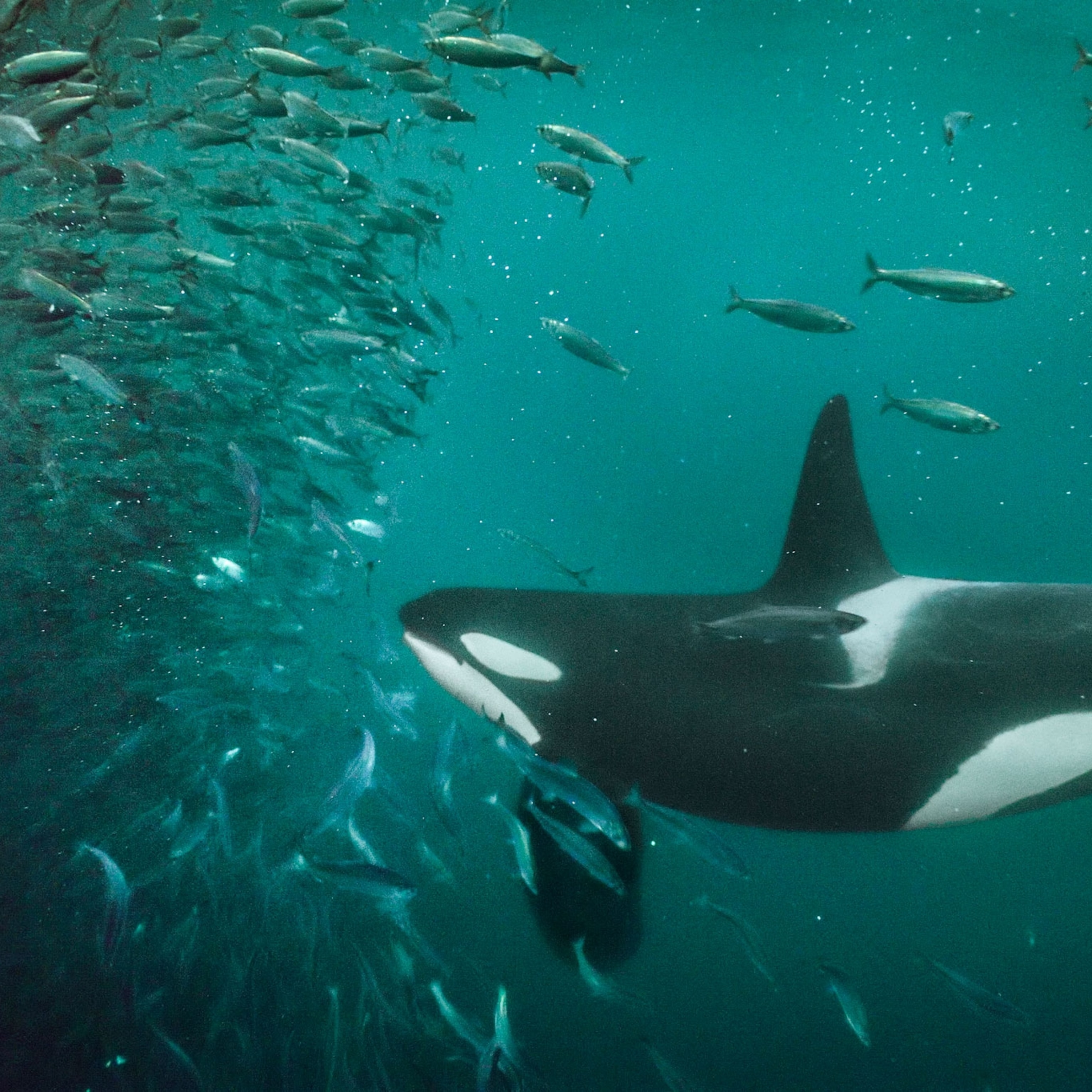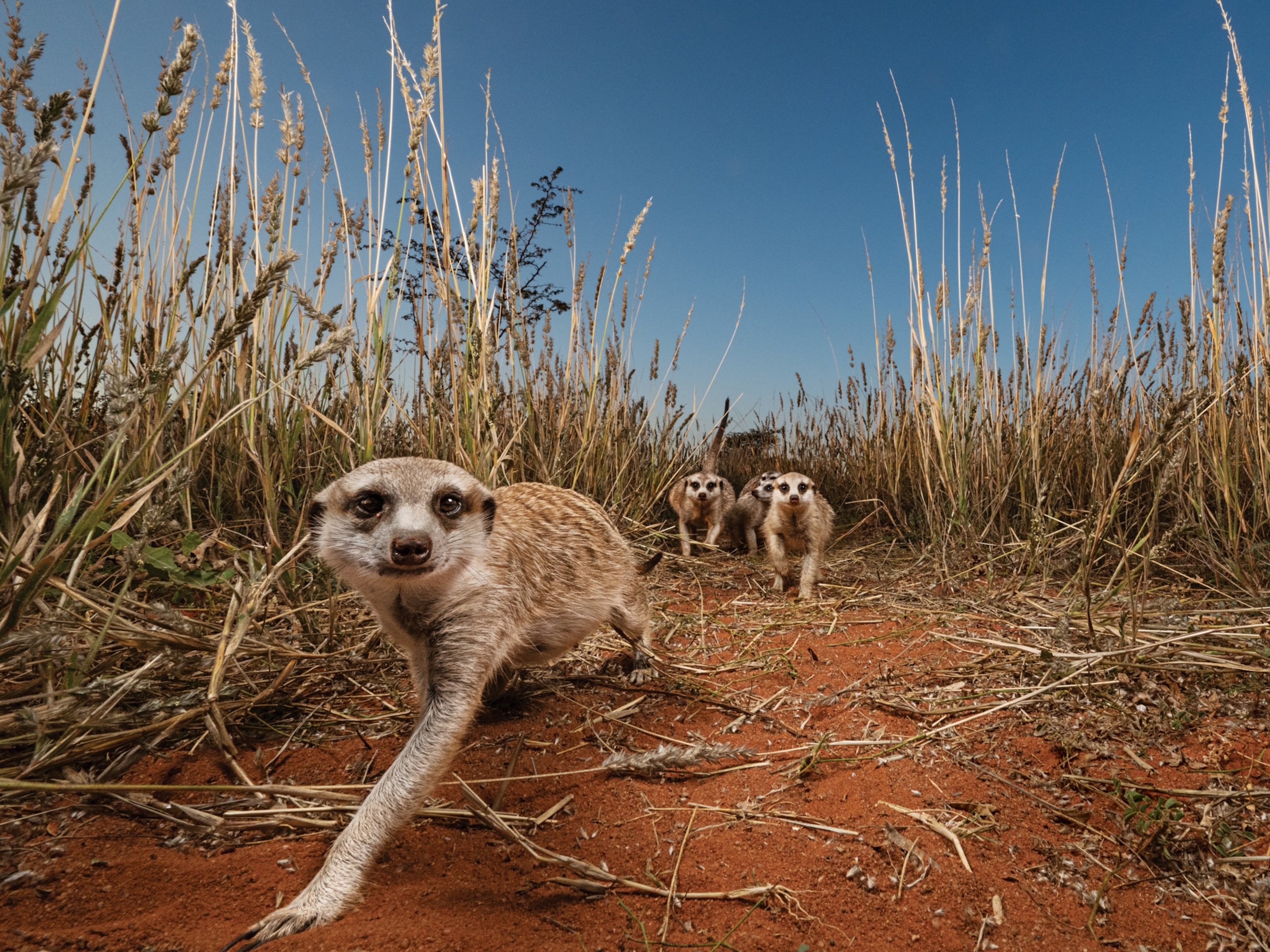The oldest distilled spirit in the Americas is making a comeback. In 2019, American imports of mezcal soared by more than 50 percent, surpassing even Mexico in consumption for the first time. It's too early to know the impact of 2020 on sales, but the industry is forecast to continue growing.
As demand for craft cocktails rises, so does the pressure on the agave plant, mezcal’s source, in Mexico. It’s led to an overharvesting of the agaves before they produce nectar, which in turn imperils the plant’s main pollinator, the lesser long-nosed bat.
Tiny but mighty, these one-ounce mammals fly over 750 miles each year—from their winter roosts in central Mexico to birthing caves along the U.S.-Mexico border—in search of flowering cacti and agaves, a large desert plant with spiky leaves. The bats rely on agave nectar to fuel their return trip, and the agaves depend on the bats to cross-pollinate their flowers so they can produce seeds. (Agaves evolved to supply most of their nectar after dark to attract the nocturnal fliers.)
(Bats and agaves make tequila possible—and they're both at risk)
Lesser long-nosed bats were already in trouble due to habitat loss, but thanks to determined conservation efforts made it off the U.S. Endangered Species List in 2018—the first bat species ever to do so. Down to about a thousand animals in the 1980s, the species had bounced back to around 200,000 throughout Mexico and the U.S. Southwest.
Yet the continued boom in mezcal, coupled with climate change—which makes agaves flower earlier, before the bats arrive during their migration—could reverse these gains, conservationists warn. A 2020 study reported that the species, which is considered near threatened by the International Union for Conservation of Nature, is declining again.
But some experts see a solution: Sustainable harvesting of agave, which encourages farmers to selectively harvest agave plants, leaving some to reproduce. The plants die when harvesters remove their piña—the heart of the agave and source of their coveted sugar, which is distilled into alcohol. Some organizations, such as the Mexico-based grassroots group Colectivo Sonora Silvestre, are working with liquor companies to encourage a sustainable harvest by letting some plants flower—just for the bats.
This is crucial not only for the bats themselves but for preserving their link in keeping the ecosystem healthy as pollinators, says Jeremiah H. Leibowitz, executive director at Cuenca Los Ojos, a conservation organization in the U.S.-Mexico borderlands. (See photos of farmers harvesting mezcal in Oaxaca.)
“It's an extremely diverse region of the globe, but it's also a very fragile region of the globe,” Leibowitz says. “Everything has to be in balance in order for it to work.”
A hundred years of overuse
Mezcal has various names, derived from the Mexican region in which it’s produced. For example, when the liquor is made in the state of Jalisco, it’s called tequila, while mezcal made in Sonora is called bacanora. Tequila has been popular for decades, but Americans’ new interest in small-batch mezcal suddenly brought bacanora into the limelight as well. (Learn about our 9,000-year obsession with booze.)

“This whole cocktail culture started having this renaissance, and there was an interest in craft beverages, craft cocktails, craft beer, and craft spirits,” says mezcal expert Cecilia Rios Murrieta, who founded the U.S.-based liquor companies La Niña del Mezcal and ŌME Spirits. “I feel like mezcal really just fit in within the definition of what a craft spirit was.”
As bacanora producers began upping their production of the drink, they discovered that the industry was unsustainable, largely because of a century-old law.
In Sonora in 1915, an overzealous governor—perhaps inspired by the U.S. Prohibition movement—banned bacanora production. The industry was forced to move underground, and producers, unable to grow the plants in their own fields, harvested agaves from the wild. Bacanora became legal again in 1992, but the habit of using wild plants continued.
But agaves flower and spread seeds only once in their 7-to-15-year life span, spending a decade or more producing enough sugar to grow a single flowering stalk before dying. (See more pictures of desert flora.)
Because mezcal derives its flavor from this sugar, the best time to harvest agave is right before the stalk shoots up.
A hundred years of such unregulated harvesting has caused a serious decline in Sonora’s agave population and urban and agricultural development has wiped out almost 50 percent of total native agave habitat in the past half century on top of that.
Sustainable bacanora
Making bacanora in a way that benefits people, bats, and agave is a goal of Colectivo Sonora Silvestre, which friends Lea Ibarra and Valeria Cañedo founded in 2018 as biology students.
“We thought that it was a really cool thing to connect those bacanora producers with pollinators and bats,” says Ibarra. She and Cañedo partner with U.S. nonprofits, such as the Borderlands Restoration Network and Bat Conservation International’s Agave Restoration Initiative, to improve harvesting practices. The organization—now part of a larger network of nonprofits called Cenko—is also working with the Sonoran state government to create a sustainability certification program called Bacanora for Bats.
National Geographic Explorer Kristen Lear, of Bat Conservation International, also works on saving bats and promoting sustainable agave harvesting.
Her organization's agave initiative "focuses on restoring critical foraging habitat for threatened pollinating bats, and sustainable bacanora certification is a great step towards achieving this," Lear says by email. "We're excited to be working with Colectivo Sonora Silvestre as they get this certification off the ground."
Though still in the early stages, the certification will have multiple requirements for bacanora producers, such as limiting the amounts and types of pesticides used on the agaves; growing the plants from seeds rather than clones to promote genetic diversity; and leaving a certain percentage of flowering agaves in the fields for every liter of bacanora produced. This ensures the bats have something to feed on and the plants can reproduce.
These responsibilities come with benefits for the producers, who will receive training, mentoring, and the ability to sell their product at a higher price. The plan is to tie the certification to the denomination of origin process, so if Sonoran brands want to call their product bacanora, they must also be sustainable.
Carlos G. Maier, a spokesperson for bacanora company Santo Cuviso, told National Geographic that supporting the Bacanora for Bats project is part of their business plan. The company has already begun preserving unharvested agaves for bats on its 17,300-acre ranch, he says.
A hopeful future
Similar initiatives, such as the Tequila Interchange Project and the Bat Friendly Tequila and Mezcal Project, encourage tequila producers to allow 5 percent of their agave fields flower in exchange for a bat-friendly label on their bottles. Over 300,000 bat-friendly bottles have been made through the voluntary program. National Geographic Explorer Rodrigo Medellín, dubbed the Bat Man of Mexico, has worked with the Tequila Interchange Project, calling it “a dream come true” in a previous interview.
Even so, the tequila industry is “so much older and set in its ways” that many brands have pushed back against adopting new practices, notes Francesca Claverie, the native plant program manager at the Borderlands Restoration Network, which provides funding for Colectivo Sonora Silvestre. (Get the facts on popular bat myths.)
She’s optimistic that the Bacanora for Bats certification will be more successful, in part because the commercial bacanora industry is younger and open to change, and because the certificate would come from the Sonoran government, not a nonprofit.
“It's really about the survival of the [bacanora] industry as a cultural and economic phenomenon in the state,” says Claverie. “And luckily for the bat, it's tied to it as the primary pollinator.”









